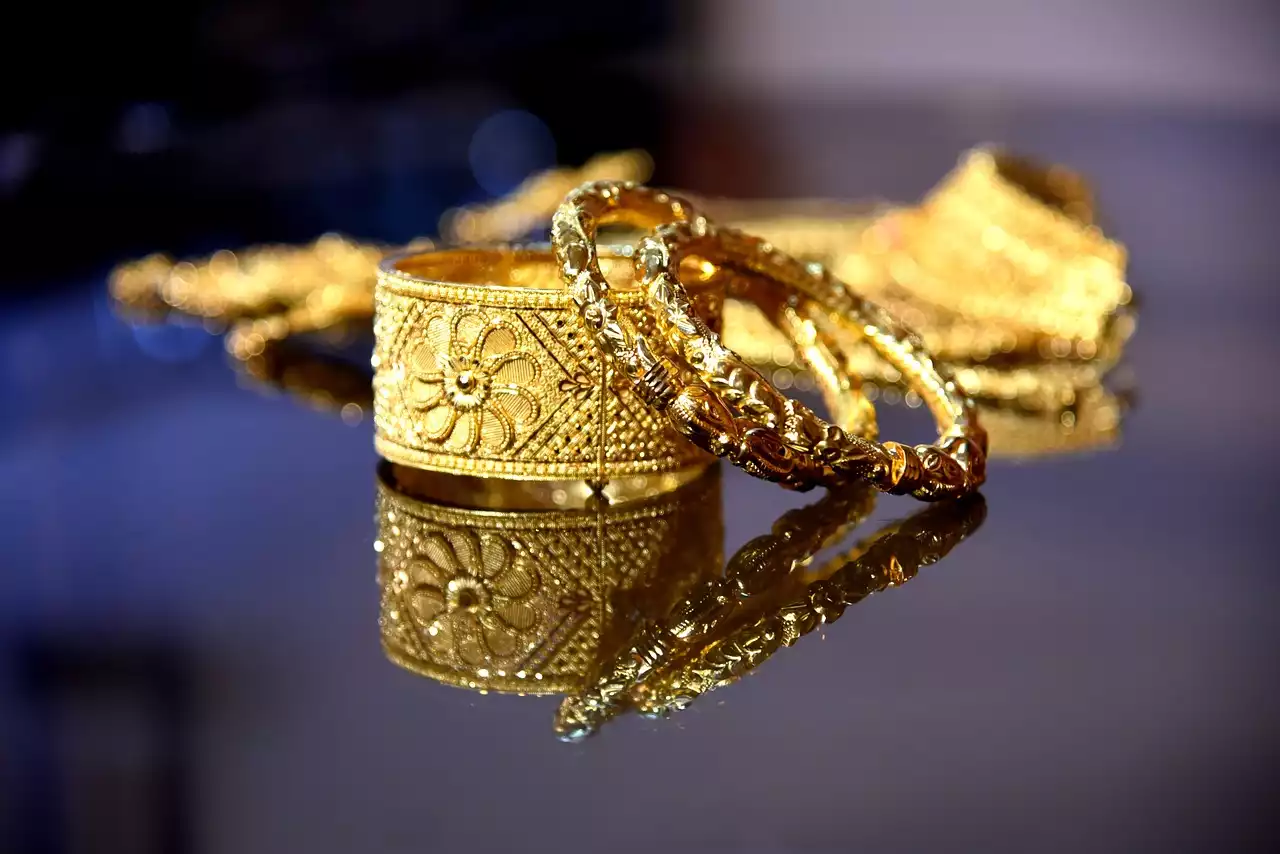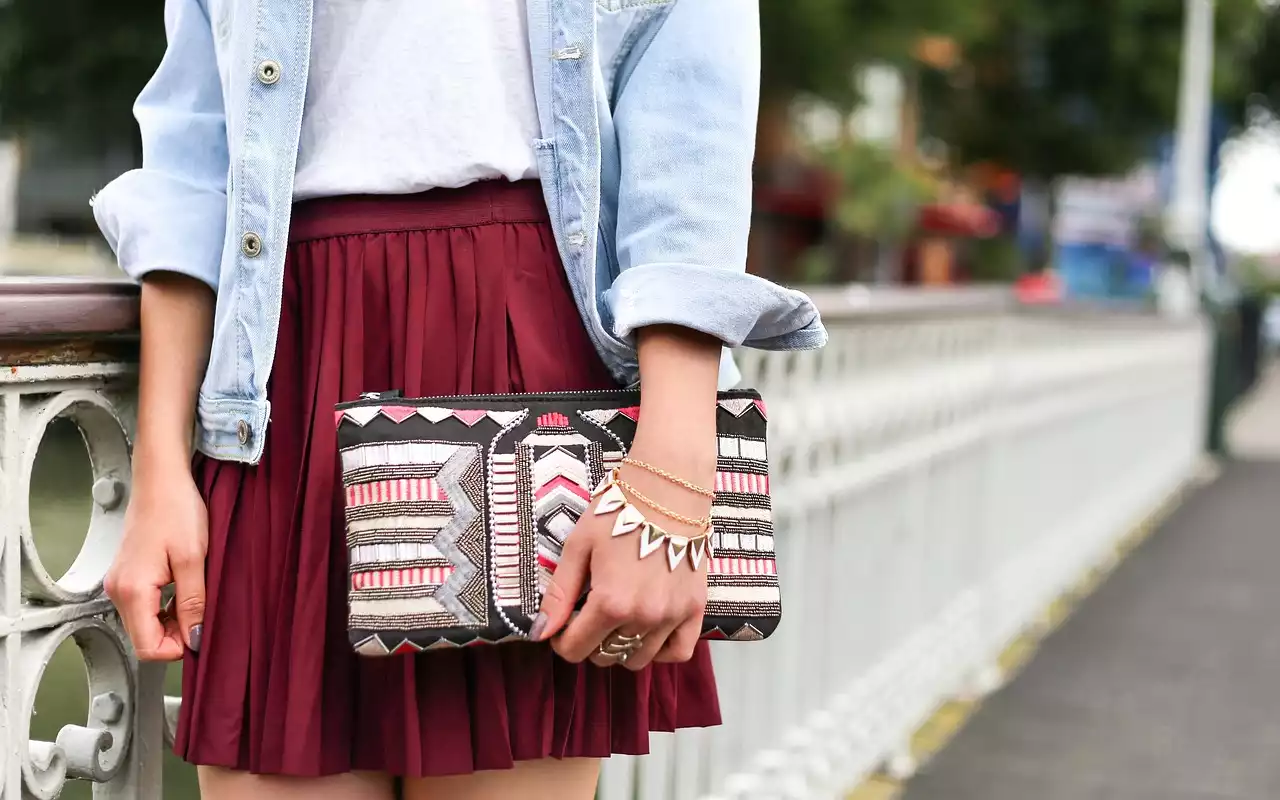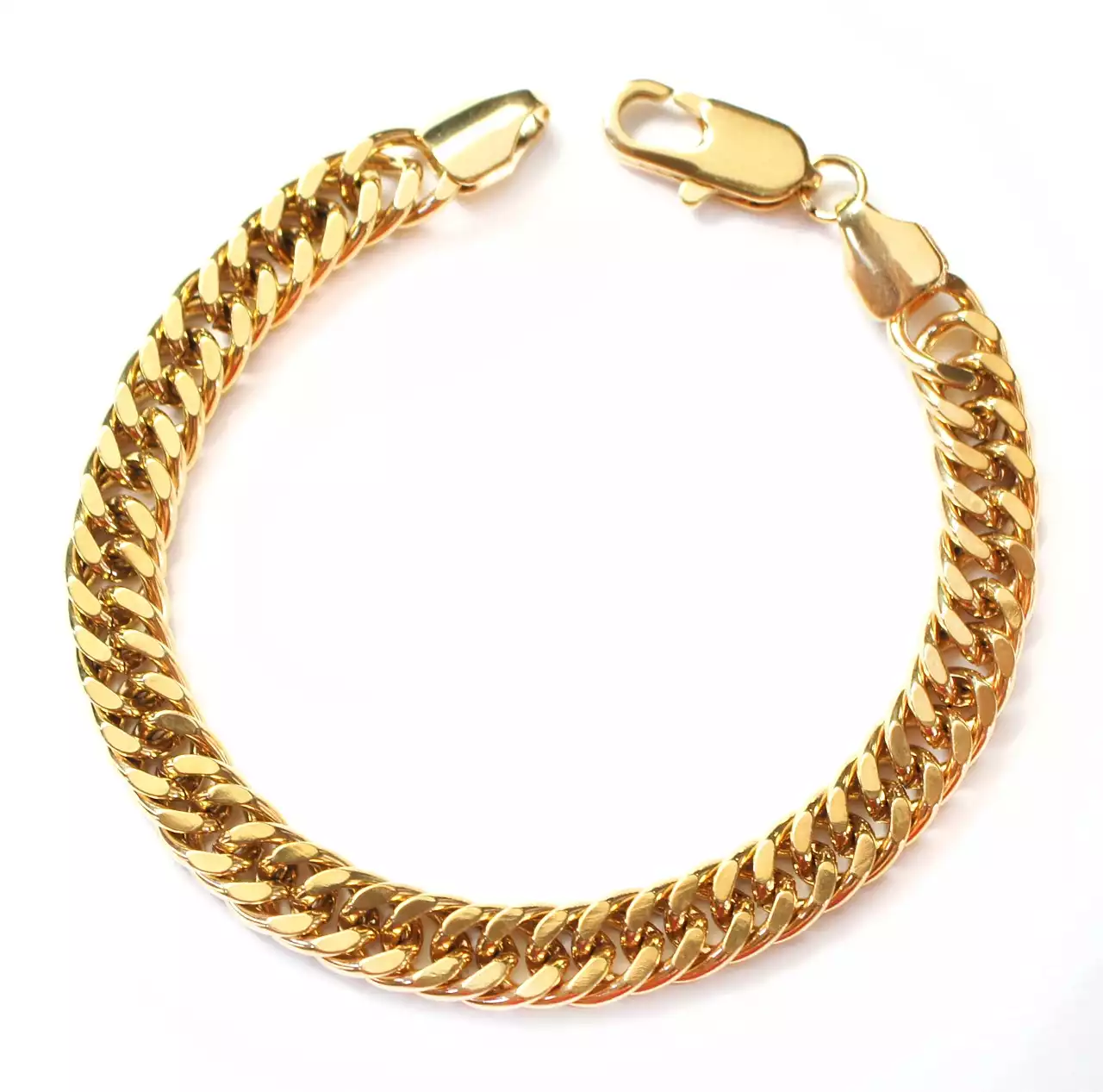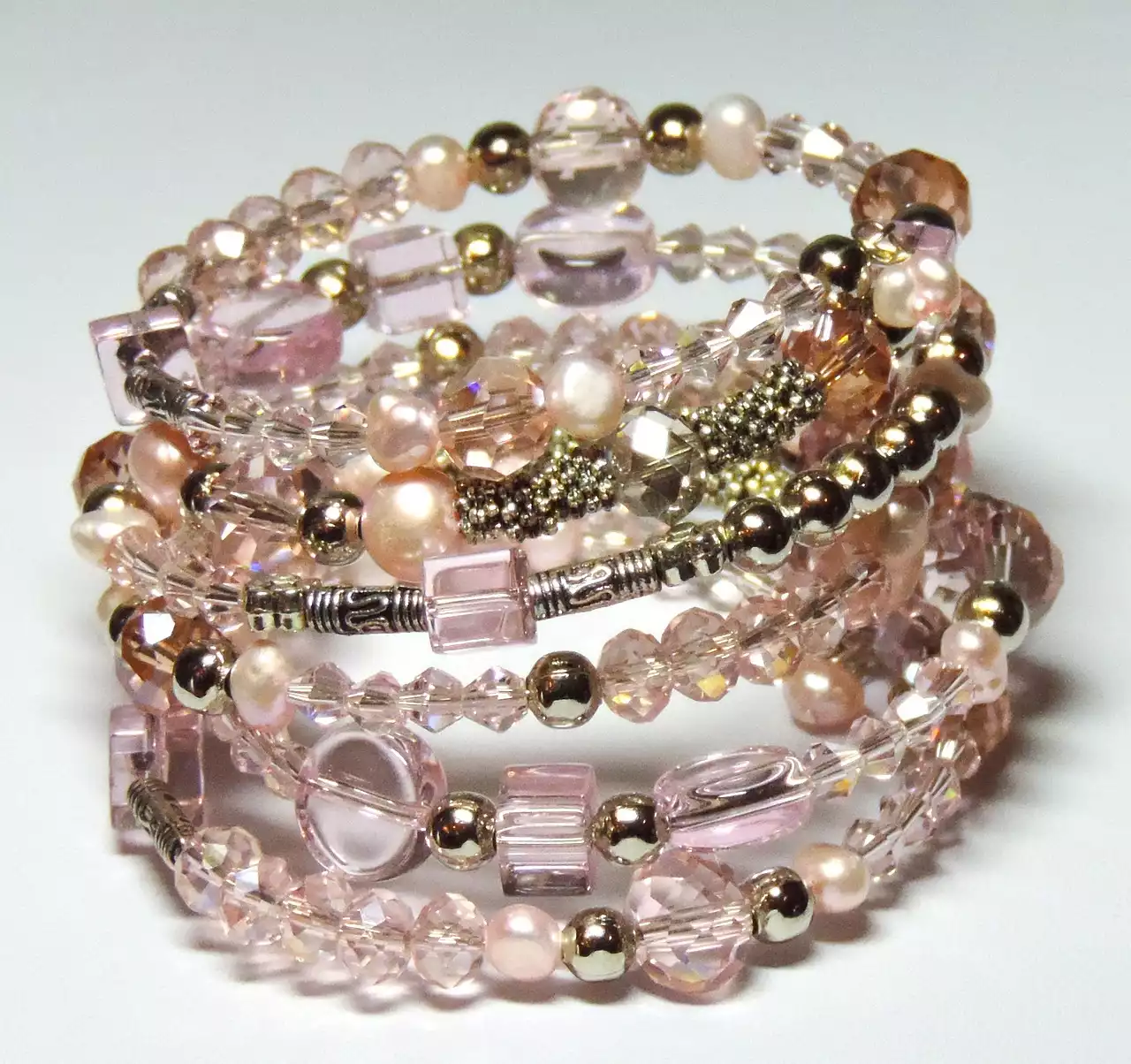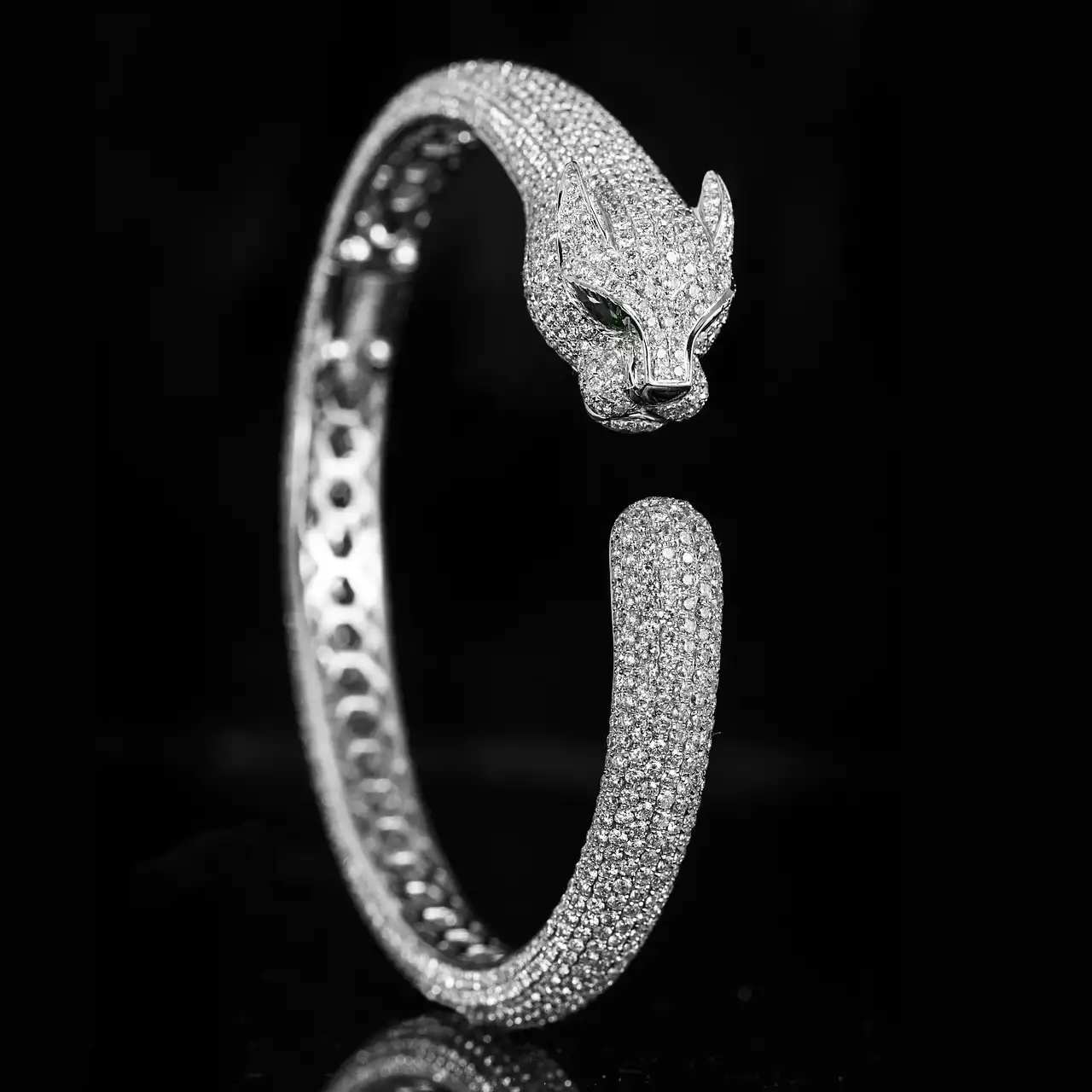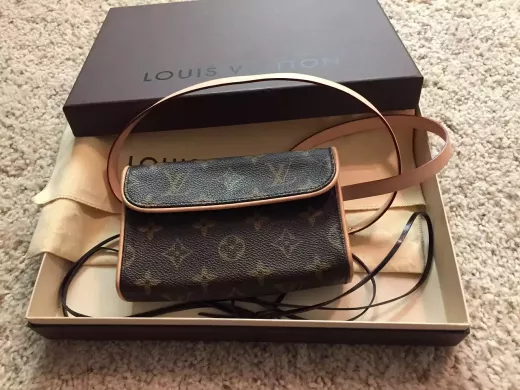Why it's important to care for your bracelets
Bracelets are delicate pieces of jewelry that require proper care to maintain their quality and appearance. Neglecting your bracelets can lead to damage, tarnishing, and even breakage. For instance, exposing your bracelets to harsh chemicals or wearing them while doing strenuous activities can cause scratches, dents, and other forms of damage. Furthermore, improper storage can result in tangling, bending, or loss. By taking good care of your bracelets, you not only preserve their value but also ensure that they remain wearable for years to come.
Types of bracelets and their care tips
Bracelets come in different types, materials, and styles. Each type of bracelet requires specific care to maintain its quality and appearance. Here are some common types of bracelets and their care tips:
Gold bracelets
Gold bracelets are a classic jewelry piece that adds elegance and sophistication to any outfit. However, gold is a soft metal that is prone to scratches and dents. To protect your gold bracelet, avoid wearing it while doing strenuous activities or exposing it to harsh chemicals. Also, store it in a soft cloth or a jewelry box to prevent scratching or tangling.
Silver bracelets
Silver bracelets are a popular choice for their affordability and versatility. However, silver is prone to tarnishing, which can make your bracelet look dull and discolored. To prevent tarnishing, store your silver bracelet in an anti-tarnish bag or a jewelry box. Also, avoid exposing it to moisture or chemicals and clean it regularly with a soft cloth.
Beaded bracelets
Beaded bracelets are a trendy and colorful accessory that adds a pop of color to any outfit. However, beaded bracelets are delicate and require gentle care. To prevent tangling or breakage, store your beaded bracelet in a separate compartment or a soft cloth bag. Also, avoid exposing it to water or chemicals, and clean it gently with a soft brush or a damp cloth.
Leather bracelets
Leather bracelets are a stylish and edgy accessory that adds a touch of ruggedness to any outfit. However, leather is a porous material that can absorb moisture and oils, which can cause discoloration or weakening. To protect your leather bracelet, avoid exposing it to water or oils, and store it in a dry and cool place. Also, clean it regularly with a leather cleaner or a damp cloth.
Charm bracelets
Charm bracelets are a personalized and meaningful accessory that tells a story of your life. However, charm bracelets are often heavy and require proper care to prevent damage or loss. To protect your charm bracelet, avoid wearing it while doing strenuous activities or exposing it to harsh chemicals. Also, store it in a separate compartment or a jewelry box to prevent tangling or loss.
Cleaning and storing your bracelets
Proper cleaning and storage are essential for maintaining the quality and appearance of your bracelets. Here are some tips on how to clean and store your bracelets:
Cleaning your bracelets
Cleaning your bracelets regularly helps to remove dirt, oils, and other contaminants that can cause damage or tarnishing. Here are some cleaning tips for different types of bracelets:
- Gold bracelets: Clean your gold bracelet with a mild soap and warm water. Use a soft brush or a cloth to gently scrub the surface, and rinse it with clean water. Dry it with a soft cloth or air dry it.
- Silver bracelets: Use a silver cleaner or a mixture of baking soda and water to clean your silver bracelet. Apply the cleaner to a soft cloth and gently rub the surface, then rinse it with clean water. Dry it with a soft cloth or air dry it.
- Beaded bracelets: Clean your beaded bracelet with a soft brush or a damp cloth. Avoid using harsh chemicals or abrasive cleaners, as they can damage or discolor the beads.
- Leather bracelets: Use a leather cleaner or a damp cloth to clean your leather bracelet. Avoid using water or chemicals that can weaken or discolor the leather.
- Charm bracelets: Clean your charm bracelet with a soft cloth or a mild soap and warm water. Avoid using harsh chemicals that can damage or tarnish the charms.
Storing your bracelets
Proper storage helps to protect your bracelets from damage, tangling, or loss. Here are some storage tips for different types of bracelets:
- Gold bracelets: Store your gold bracelet in a soft cloth or a jewelry box. Avoid storing it with other jewelry that can scratch or damage it.
- Silver bracelets: Store your silver bracelet in an anti-tarnish bag or a jewelry box. Avoid storing it in humid or damp environments that can accelerate tarnishing.
- Beaded bracelets: Store your beaded bracelet in a separate compartment or a soft cloth bag. Avoid storing it with other jewelry that can cause tangling or scratching.
- Leather bracelets: Store your leather bracelet in a dry and cool place. Avoid storing it in humid or damp environments that can weaken or discolor the leather.
- Charm bracelets: Store your charm bracelet in a separate compartment or a jewelry box. Avoid storing it with other jewelry that can cause tangling or scratching.
Avoiding damage to your bracelets
Preventing damage to your bracelets is key to maintaining their quality and longevity. Here are some tips on how to avoid damaging your bracelets:
- Remove your bracelets before doing strenuous activities that can cause scratches or dents.
- Avoid exposing your bracelets to harsh chemicals or abrasive cleaners that can damage or tarnish them.
- Be careful when putting on or taking off your bracelets to prevent bending or stretching.
- Avoid wearing your bracelets in humid or damp environments that can accelerate tarnishing or discoloration.
Repairing damaged bracelets
If your bracelet gets damaged or needs repair, it's important to get it fixed by a professional jeweler. Attempting to fix it yourself can cause further damage or even breakage. Here are some common bracelet repairs:
- Resizing: If your bracelet is too loose or too tight, a jeweler can adjust the size by adding or removing links or beads.
- Clasp repair: If your bracelet's clasp is broken or damaged, a jeweler can repair or replace it.
- Stone replacement: If your bracelet has a missing or damaged stone, a jeweler can replace it with a new one.
- Polishing: If your bracelet is tarnished or dull, a jeweler can polish it to restore its shine and luster.
Tips for traveling with your bracelets
Traveling with your bracelets requires extra care to prevent damage, loss, or theft. Here are some tips on how to travel with your bracelets:
- Pack your bracelets in a separate compartment or a jewelry roll to prevent tangling or scratching.
- Avoid wearing your bracelets while swimming or doing water activities that can cause discoloration or weakening.
- Keep your bracelets in a safe or a locked suitcase to prevent theft or loss.
- Take pictures of your bracelets before traveling to have proof of ownership in case of loss or theft.
Professional bracelet cleaning and maintenance services
If you want to ensure that your bracelets receive proper care and maintenance, consider taking them to a professional jeweler. Professional services include:
- Cleaning: Professional cleaning services use specialized equipment and solutions to clean your bracelets thoroughly and safely.
- Polishing: Professional polishing services use high-quality tools and materials to restore your bracelets' shine and luster.
- Maintenance: Professional maintenance services include repairs, resizing, and other forms of upkeep to ensure that your bracelets remain in pristine condition.
Frequently asked questions about bracelet care
Q: How often should I clean my bracelets?
A: It depends on the type of bracelet and how often you wear it. Generally, it's recommended to clean your bracelets every 3-6 months to prevent dirt buildup and tarnishing.
Q: Can I wear my bracelets in the shower or while swimming?
A: It depends on the type of bracelet. Some bracelets are waterproof or water-resistant, while others are not. Check the care instructions or consult a jeweler before wearing your bracelets in water.
Q: How do I know if my bracelet needs repair?
A: If your bracelet is broken, missing stones, or shows signs of damage or wear, it needs repair. Take it to a professional jeweler for an assessment and repair.
Q: How can I prevent my bracelets from tangling?
A: Store your bracelets in a separate compartment or a soft cloth bag to prevent tangling. Also, avoid wearing them while doing activities that can cause tangling, such as exercising or dancing.
Q: Can I clean my bracelets with soap and water?
A: It depends on the type of bracelet. Some bracelets can be cleaned with mild soap and water, while others require specialized cleaners or solutions. Check the care instructions or consult a jeweler before cleaning your bracelets.
